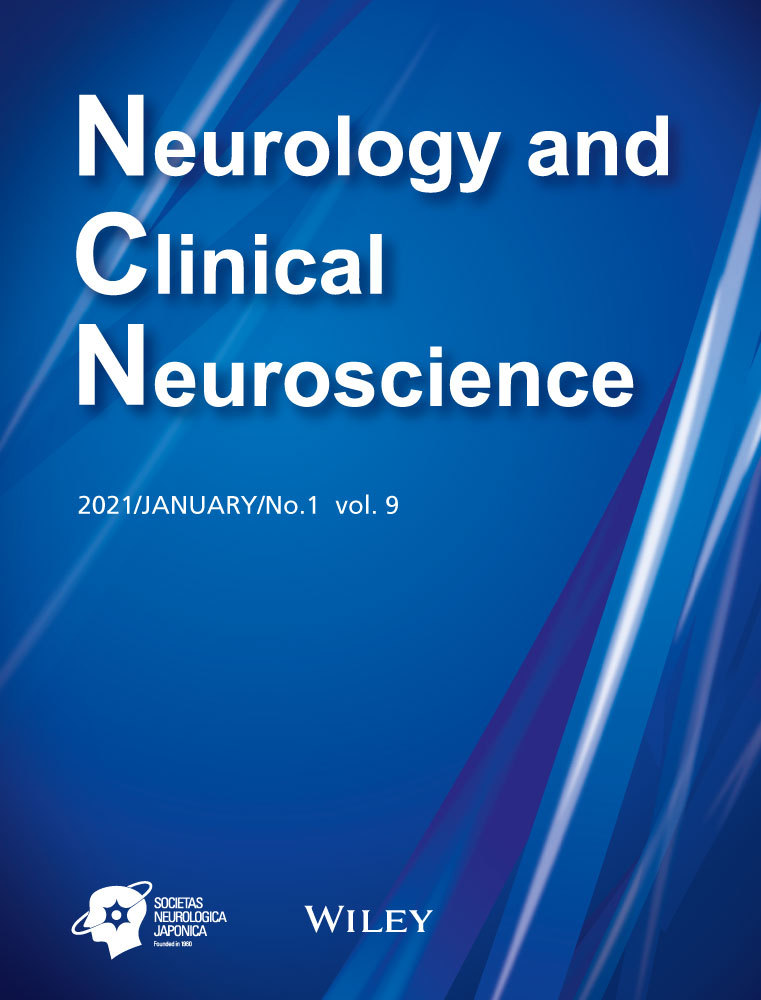Clinical, pathological, and proteomic characteristics of newly diagnosed amyloidosis patients: Experience from a single referral center in Japan
Funding information
This study was supported by JSPS KAKENHI (Grants-in-Aid for Scientific Research) Grant Number 19K07824.
Abstract
Novel therapies have recently been used for different amyloidoses including hereditary transthyretin (ATTR, ATTRv) amyloidosis, wild-type ATTR (ATTRwt) amyloidosis, immunoglobulin light chain (AL)amyloidosis, and amyloid A (AA) amyloidosis. Early, accurate diagnosis is important for improved prognosis and cure. However, early intervention with early diagnosis is often difficult, because these diseases are frequently difficult to identify given their phenotypic heterogeneity. This study aimed to analyze characteristics of patients with amyloidosis that was diagnosed at the Amyloidosis Medical Practice Center, Kumamoto University Hospital, which, as an amyloidosis center in Japan, conducts histopathological, proteomic, and genetic analyses of amyloidosis. We analyzed diagnostic results and disease manifestations of patients diagnosed during April 2012 and March 2019. This study reviewed 1937 consecutive consultations that provided clinical information. The patients’ average age was 65.9 (median 69) years. Of all patients, 66.6% were male. Diagnoses included ATTRv: 13.4%, ATTRwt: 14.3%, ATTR (no genetic analysis consultation requested): 4.6%, ALλ: 19.7%, ALκ: 8.8%, AA: 3.0%, β2-microglobulin (dialysis-related): 0.8%, and others: 1.9%, no TTR gene mutation (no histopathological analysis consultation requested): 23.2% (including duplicate consultations). ATTRv amyloidosis cases included V30M in endemic areas: 7.4%, V30M in non-endemic areas: 51.2%, and non-V30M: 41.4%. Sixty-six cases required laser microdissection and liquid chromatography-tandem mass spectrometry. Initial manifestations included polyneuropathy: 13.2%, carpal tunnel syndrome: 5.6%, autonomic dysfunction: 2.7%, heart failure: 28.4%, cardiac hypertrophy: 2.2%, arrhythmia: 5.0%, renal impairment: 11.1%, and stroke: 1.8%. Amyloidosis types and manifestations were diverse. For early diagnosis and appropriate interventions, improved diagnostic systems are needed.
CONFLICT OF INTEREST
The authors declare no conflict of interest.




